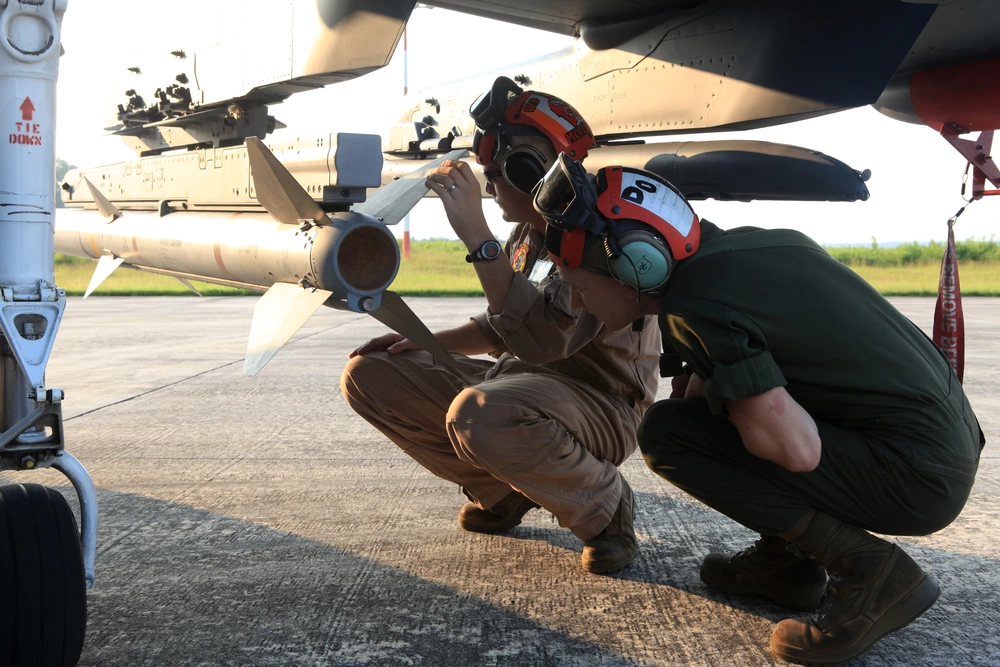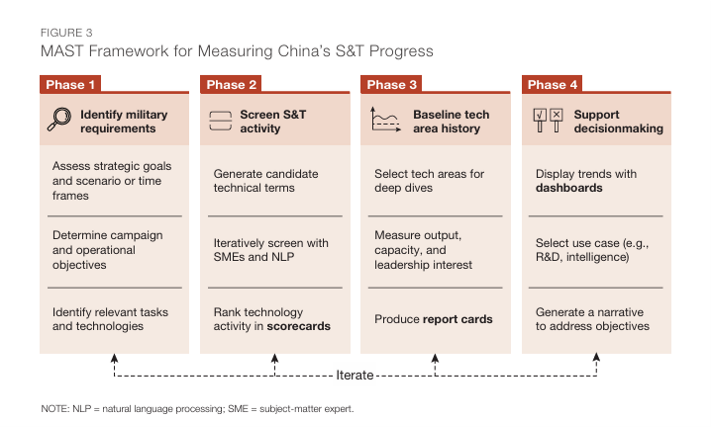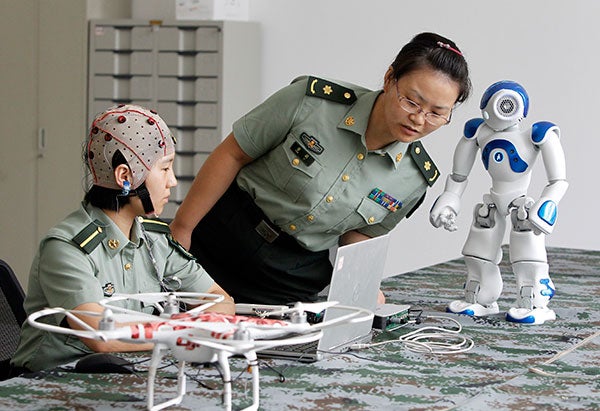RAND Proposes New Framework For Assessing Chinese Technological Advances
As the United States continues to shift its focus towards great power competition with China, the race in defense technology is becoming increasingly prominent. America may retain the technological edge in a general sense, but competitors are increasingly capable of independent innovation and world-class research which can match or even surpass that of the US in key areas. Nevertheless, a major country like China possess hundreds or even thousands or R&D (research & development) initiatives making it hard to sort through the noise and identify which programs are receiving priority attention and where real progress is being made.

This means that the United States may not become alert of competitor progress until the final stages of development— fielding and acquisition. To quote a recent RAND report, “for this reason, a tool that could identify China’s R&D that is fundamental to the People’s Liberation Army (PLA), fielding some of these capabilities early in the [development] pipeline, is of immense interest to the military and intelligence communities.” Beyond just updating decision-makers in Washington on adversary progress, this could also allow the Pentagon to identify promising areas of research which the Department of Defense (DoD) had overlooked.
In one of their latest reports, “Measuring China’s Science and Technology Progress”, RAND researchers proposed a new methodology for how this could be done. The Military Advances in Science & Technology (MAST) framework begins by inspecting top-level priorities outlined in key documents. For example, China’s 14th Five-Year Plan adopted in 2021. Such documents provide researchers with insights on not just what strategic capabilities are a priority for China, but also what technologies are identified as underpinning the development of these capabilities. With these focusses identified, the US government could then screen ongoing research programs which are in line with high-level priorities, helping to sift through the noise and identify notable programs worth investigating more closely.
RAND summarizes its framework with four steps:
- Identify China’s future strategic goals and derive critical future PLA capabilities from those goals.
- Screen critical technology pathways for activity.
- Baseline China’s S&T progress along those pathways and estimate its future capacity for progress.
- Support decisionmaking by synthesizing insights that inform DoD S&T priorities or direct intelligence collection.

RAND checked the framework with three cases. First, it applied it to a “retrospective” example— PRC hypersonic research. The conclusion was that using just open sources, the framework would have tipped off the DoD about PRC advances no later than 2007. The framework was also applied to a current “status check” example (quantum computing) and a forecast example asking “What do China’s current leaders see as their goals for their country in 2045?”. The results led RAND to conclude the validity of the framework and to assess that “when integrated into and made a regular part of DoD’s larger analytic enterprise, the MAST framework can provide an early warning of an adversary’s militarily critical S&T programs that would be useful for multiple communities”.

